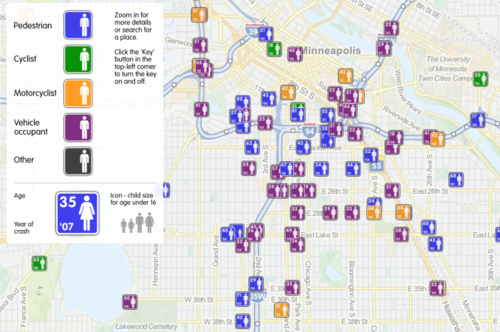The use of helicopters for transporting injured patients dates back to World War II. Thirty years later, this concept was translated into civilian practice. Today, there are hundreds of helicopter EMS (HEMS) services across the US, and thousands world-wide. Unfortunately, the indications for using this service are not strictly defined, and it is very expensive compared to ground EMS transport. In the US alone, there are over 400,000 HEMS transports per year. This creates the opportunity for use in patients who are not seriously injured, as well as the potential for wasted resources.
The University of Arizona at Tucson examined 6 years of transport data to their center, by both ground and air. They were interested to see if they could identify a group of HEMS-transported patients that could have safely and more reasonably been transported by ground ambulance. They defined this group of “minimally injured” as having an injury severity score (ISS) of 5 or less.
Here are the factoids:
- A total of 5,202 patients were transported, 19% by air and 77% by ground
- Overall, the hospital length of stay was significantly longer for HEMS patients (3 vs 2 days), as was ICU length of stay (2 vs 1 days) [Hmm..]
- ISS was significantly higher in the HEMS group as well (9 vs 5) [Hmmmmm…]
- There was [of course] no difference in mortality between the two groups
- By their definition, 28% of HEMS patients were minimally injured, compared to 39% of ground transfers
- The average charge for a HEMS transport was $18,000
Bottom line: This is another paper that just doesn’t deliver on what it’s title suggests. But this one is an underestimation of the result, not an overestimation, for once. From personal experience, I see lots of examples of patients who don’t need air transport but get it anyway. But if you dive more deeply into the data in this paper, you can see why it’s just not good enough. Sure, they’ve got a lot of patients. But if you look at the clinical reality of the numbers, none of the patients were really that sick. The maximum ISS in the HEMS group was 17! The GCS for every patient in the study was 14 or 15. The maximum hospital LOS was 7 days. And the clinical significance of a 3 day vs a 2 day hospital stay is negligible.
These were just not very sick patients. It looks to me like none of their patients needed HEMS transport, other than for extreme distance issues. The authors needed to set a better definition of minimally injured patients, and if they had, they would have found that most of their HEMS transfers could have been shifted to ground ambulance.
This paper really points out (more than the authors anticipated) the potential resources being wasted. There are already some suggested rules for optimal use of HEMS. But unfortunately, we tend to ignore them! It’s time to start a concerted effort to more wisely use this valuable and expensive resource.
Related posts:
Reference: Overuse of helicopter transport in the minimally injured: a health care system problem that should be corrected. J Trauma 78(3): 510-515, 2015.


